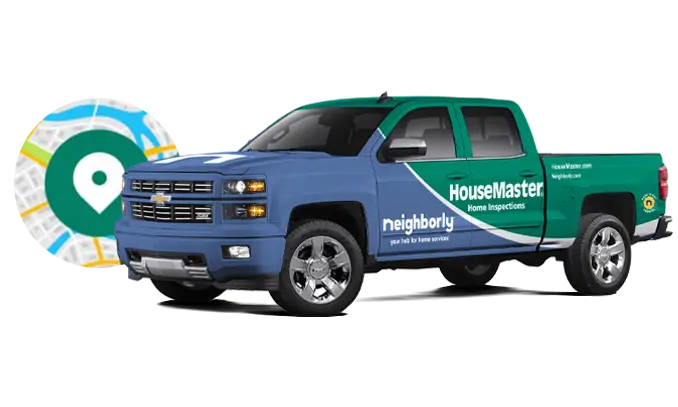
Thomas Kelsey | HouseMaster | December, 2021 | Home Inspections
Here are 13 common electrical terms you should know:
Service Drop: An overhead power connection from the utility lines to the service entrance is called the Service Drop.
Service Entry: Power enters the drop through the Service Entrance. The service entrance includes the Electric Meter that measures the amount of energy delivered to the home and the Service Panel that houses the circuit breakers or fuses. The service panel also distributes power to the various circuits in the house.
Service Meter: Measures the amount of energy that is used by the customer.
Service Panel: Rectangular metal box that is the main control panel for a building’s electrical system, where the wires from the transformer branch out to supply the building’s individual circuits.
Circuit Breaker: Overload protection devices that include the black service panel. Each one controls a circuit and tit there is a power surge, the circuit breaker will automatically trips to shut off power to that circuit.
Ground Fault: When someone touches a damaged power cord or faulty appliance switch or when an exposed hot wire comes in direct contact with the ground wire or a piece of metal. This causes a power surge that can overheat wires and cause fire and shocks.
Neutral Conductor: The white conductor that completes the circuit from the appliance for a fixture back to the service panel.
Outlet: Any Location in a circuit that supplies electricity. Powers a light fixture, a smoke alarm or a hardwired appliance, as well as a wall plug, which is more properly known as a receptacle.
GFIC: A ground-fault circuit interrupter (GFCI) receptacle or circuit breaker protect people and equipment from damage caused by ground fault. Learn more from our article on GFCI at Safe outlets should not be shocking!
AFCI: An arc-fault circuit interrupter (AFCI) receptacle or circuit breaker has a more complex sensor than a GFCI receptacle. An AFCI receptacle can detect conditions that cause arching before it actually happens and can distinguish dangerous arching from normal arching.
Polarized Plug: If a plug has two prongs and they are different sizes, it is a polarized plug. This is a safety strategy to prevent a hazardous ground-fault condition. The wide prong must be connected to the neutral conductor.
Electrical Box: There is an electrical box behind the wall at every point where a device or light fixture connect to the building’s electrical circuitry. It’s there to isolate the sire connections from the framing, insulation, and anything else that could catch fire if the wires overheat.
Grounding Conductor: All branch circuits have a bare or green grounding conductor that provides a direct low-resistance path for dangerous flat currents to get back to the service panel to trip the circuit breaker.
NEC: When electricians or home inspectors talk about following code, they are talking about the rules established by the National Electrical Code (NEC). The NEC was first established by the Nation l Fire Protection Association in 1897 and update its standards every three years.
Our world is full of jargon and home inspection is not different. I hope this list of terms make understanding you home inspection easier to understand! If there is anything unclear in your report, it is our job to make sure you understand.
Call us today if you are looking for a home inspection or just need a little help with the terminology.
Thomas Kelsey--HouseMaster serving Denver North
HouseMaster
Inspections. Done Right. Guaranteed.
#housemaster
#homeInspection
